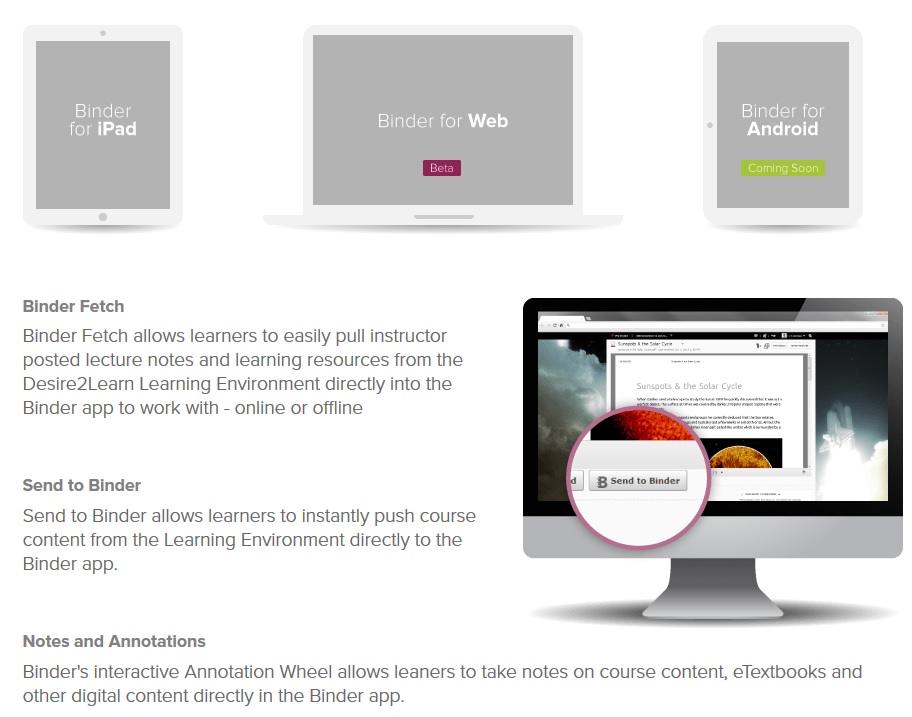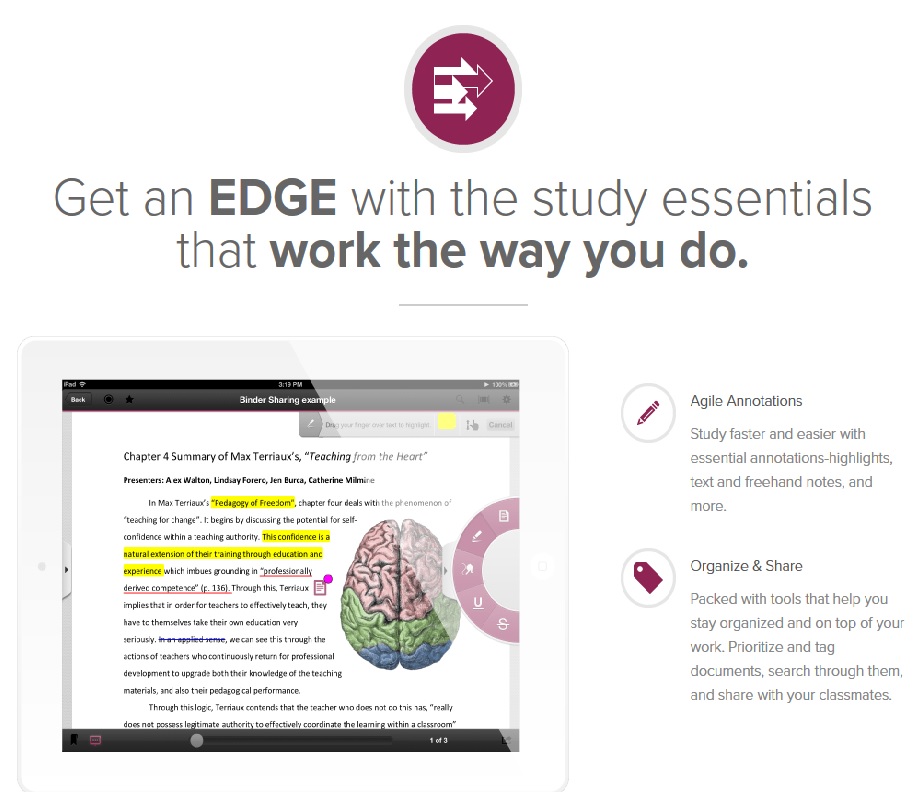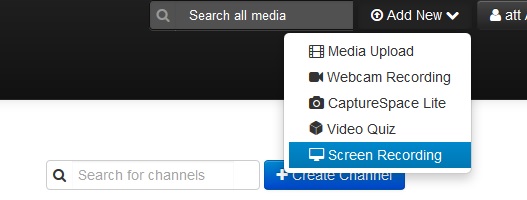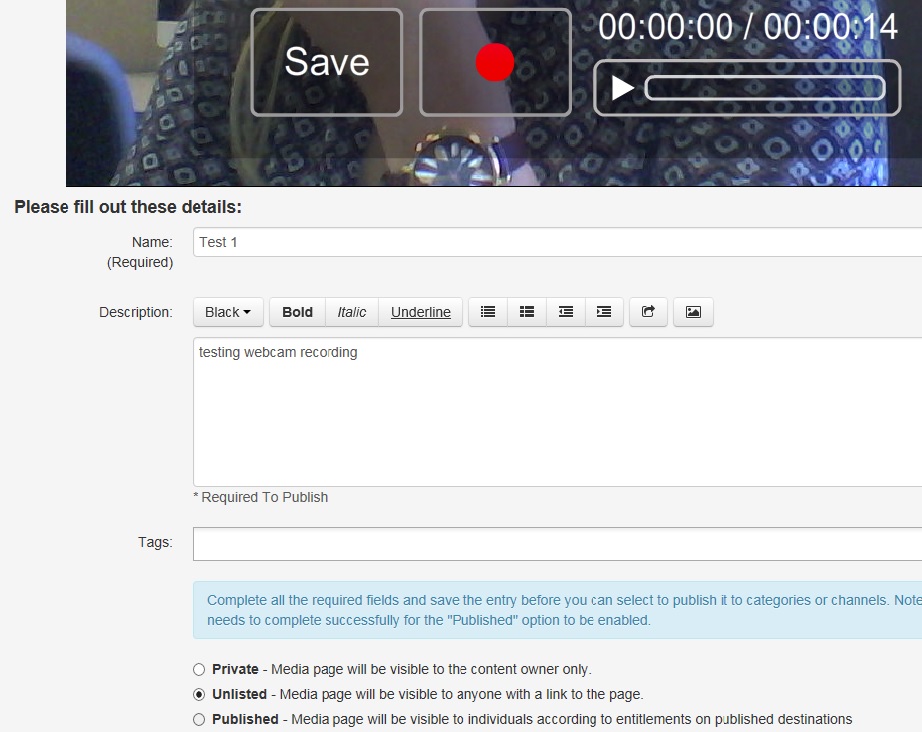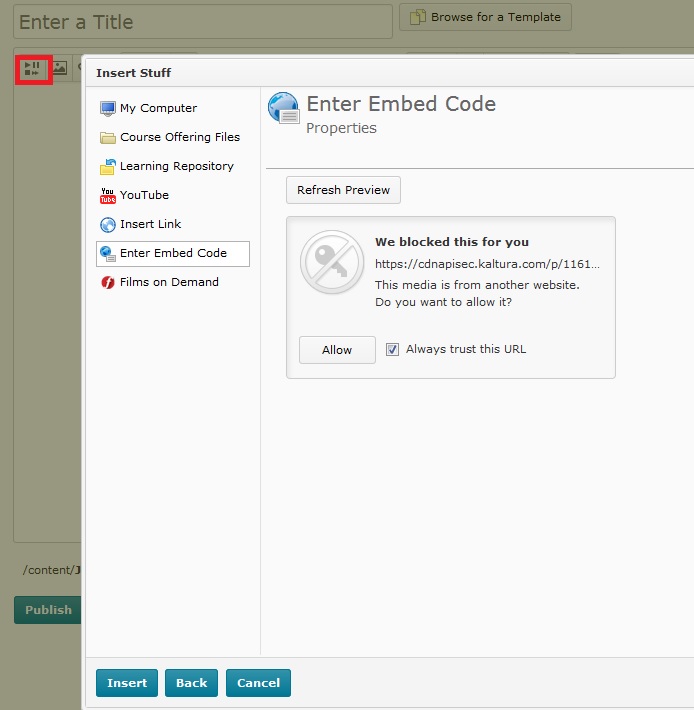D2L for Students: Pulse App
 The basics: It keeps students on schedule.
The basics: It keeps students on schedule.
Instructors: Use dates in D2L.
Both for Android and IOS platforms, ready for free download. It is built into the system so the students see courses they are enrolled in (that were requested by the instructor to appear in D2L Brightspace Learning Environment).
Ease of use, student centered: Shows calendar, courses, notifications.
The app is color coded and students can filter through courses.
Notifications: updates e.g. new announcement, new content, new grade (students need to subscribe in the Learning Environment before they get notified in the app). Pulse app draws from courses but students can add their own notes.
Faculty can help by setting the dates in announcements, content, assignment folders (dropbox) and quizzes and displaying it in calendar. You go to restrictions to manage dates and whenever you specify a due (or end) date it will automatically feed into Pulse.




